Piper aircraft owners have traditionally relied on the Scott 4500A-1 parking brake; however, since it has been discontinued, aviators are now compelled to seek a dependable alternative.
Fortunately, two PMA-approved options are available to address this need: the Airframes Alaska AF51705 parking brake and the Univair U4500A-1 parking brake. These alternatives are direct replacements for the Scott 4500A-1, guaranteeing seamless installation and functionality.
Scott 4500 Parking Brake Replacement Comparison
|
Manufacturer |
||
|
Part Number |
||
|
Approved Aircraft Model |
Piper (AML) |
Piper, Stinson, Airtractor |
|
Corrosive Resistant Coating |
Yes, Hard Anodized |
No |
|
Price |
$790 Per Set | $902.82 Per Set |
Table accurate as of 04/18/2024
Why You Should Replace Your Piper's Parking Brake
As an adventurous bush pilot, the last thing on your mind should be whether your trusty PA-18 will stay put while you're out exploring remote locations. Believe me, I've had my fair share of heart-stopping moments when parking on rugged terrain or in gusty winds. That's why having reliable parking brakes is important for keeping your beloved Piper PA-18 Super Cub from rolling into someone's car.
Despite what some naysayers may claim about not needing them, let me share with you why you should have them and how you can easily replace your old Scott 4500A-1 parking brake system with a shiny new option.
Trust me, your super cub (and peace of mind) will thank you for it!
Why Your Piper PA 18 Needs a Parking Brake

We love keeping up with the flight community regarding bush planes and for the past several years, we have seen that that there has been an ongoing discussion in the supercub.org forums about whether or not the Piper Super cub should have parking brakes.
When it comes to guaranteeing the safety and effectiveness of your Piper PA-18, the oft-forgotten part that requires careful consideration is the parking brake.
Depending solely on wheel chocks or having someone crawl in to use the toe brakes limits your safety options. This is especially true if you need to leave your aircraft unattended for a long period of time.
Both a pilot and aviation mechanics mantra usually involves considering all possibilities and being prepared for them. You'll want to take all necessary precautions to ensure your aircraft stays in place where you left it.
A parking brake system equipped on your Piper aircraft plays a big role in ground operations such as:
Safety on the Ground
A good aircraft braking system helps to secure your aircraft while it is on the ground. It prevents your Piper from unintentionally moving, especially in windy conditions or on rough terrain while out backcountry flying.
This is really vital for ground operations with bush planes, such as loading/unloading cargo, passenger boarding, or any type of maintenance activities.
Secure Parking
A life of bush flying to remote regions requires the option to keep your bush plane safely parked without relying solely on wheel chocks. Since the super cub has abnormally large tires, aircraft brakes keep it from rolling or moving, which could lead to damage or accidents on the ground.
Engine Start-up and Warm-up
You'll find another added bonus with your brakes during engine start-up and warm-up procedures. It gives the pilot the ability to keep their super cubs still while performing pre-flight checks, engine checks, and carrying out other tasks before taxiing.
Weight and Balance
When stationary the parking brake can assist in maintaining the proper weight and balance of the aircraft, preventing it from inadvertently shifting on the ground.
Convenience for Bush Pilots
Having a parking brake makes it much easier for pilots during pre-flight and post-flight activities. It provides an extra layer of control and convenience for both pilots and passengers.
Preserving Your Toe Brakes
A parking brake on an aircraft is a secondary braking system that can reduce wear and tear on the primary toe brakes. Using it during engine start-up, parking, or pre-flight checks decreases pressure on the brakes and extends their lifespan.
Now that we've addressed the reasons why you should consider a secondary brake system for your Super Cub, let's address the main concerns pilots have regarding them.
Avoid Inadvertently Engaging the Parking Brake

The main concern for many pilots is the possibility of unknowingly engaging their parking brake and not realizing it before landing. To avoid this potential mistake, some super cub pilots choose not to use the parking brake system at all and remove it from the airplane.
While this decision is a personal choice, there is an option available to prevent this kind of mistake from taking place.
Installing Airframes Alaska's Parking Brake provides a convenient deactivation mechanism that only requires pushing down on the brake pedal. In contrast, other models may require manually disengaging a lever, which has resulted in accidental activation during flight with a range of disastrous results.
With the removal of any chance for errors to occur, you can enjoy the best of both worlds: safety on land in rough terrain and a sense of security in the sky.
Already have a parking brake, but want to know how to replace it, or where to even get a replacement part? We'll cover that next.
Replacements for the Parking Brake

Super Cub owners, we know you've been wondering about replacing your old Scott 4500A-1 parking brake. Well, we have some great news for you. Airframes Alaska's Parking Brake is a PMA-approved direct replacement that works on Piper PA-18s, PA-19s, and PA-20 through 22s.
But what really makes this brake stand out is the quality of its hard anodized finish. That means it can handle anything when harsh weather comes your way.
And for those bush pilots not wanting to be stuck in the hangar working on their plane, installation couldn't be easier—simply connect it from the master cylinder to the caliper (we've got two brakes per aircraft, one for each pedal). And when you need to activate it, just give those pedals a firm press, engage the distinct gold lever, and voila! The hold is secure.
It's tucked neatly under the front seat too, so you can reach it without any fuss during flight. And with a sturdy metal rod connecting to the lever, your passengers in the back can even lend a helping hand if needed.
Frequently Asked Questions
Q: What Are the Best Practices for Using Piper Super Cub Parking Brakes?
A: It is good practice to set the parking brakes before exiting the airplane, unless it needs to be pushed. This ensures they are set for the next engine start and can also prevent movement in case of an engine over-rev or unexpected wing displacement.
Q: How Does Airframes Alaska's Parking Brake Compare to Other Super Cub Models?
A: Airframe Alaska's parking brake can be easily deactivated by depressing the brake pedal, unlike other brakes that require manual disengagement.
This prevents unintentional activation during flight, which can be disastrous. Pressing the brake pedals before landing or takeoff is a normal procedure and also automatically disengages the parking brake.
Q: What Should I Do If My Piper Super Cub Parking Brakes Fail?
A: The parking brakes are not necessary for the safe operation of the super sub. If needed, wheel chocks or a rock can be used to prevent movement(though we don't recommend only relying on these).
Airframe Alaska's parking brakes have a simple design and only require maintenance on the internal O-rings every 10-20 years. Any A&P mechanic can easily replace these if needed.
Q: How Often Should Piper Super Cub Parking Brakes Be Inspected?
A: Always check the parking brake when engaging it. When departing the aircraft, test its effectiveness by lightly pushing and pulling on the front lift strut. Ideally, it should be tested during regular Annual or 100 inspections.

Takeaway
Flying bush planes isn't a life for every pilot, it's one meant for those who enjoy the open expanse of the great outdoors and being at peace around everything that nature has to offer. You perform aircraft operations and fly in and out of remote locations that most pilots would see as incredibly challenging.
We want you to get the most out of your experience by being able to keep your mind on enjoying your next great adventure and off uneasiness about the safety of your super cub when those winds pick up.
As a bush pilot, it's important to always be prepared for any situation. Don't wait until you're in a desperate moment to realize the value of having functioning brakes. Take the necessary precautions and stay safe in the skies.


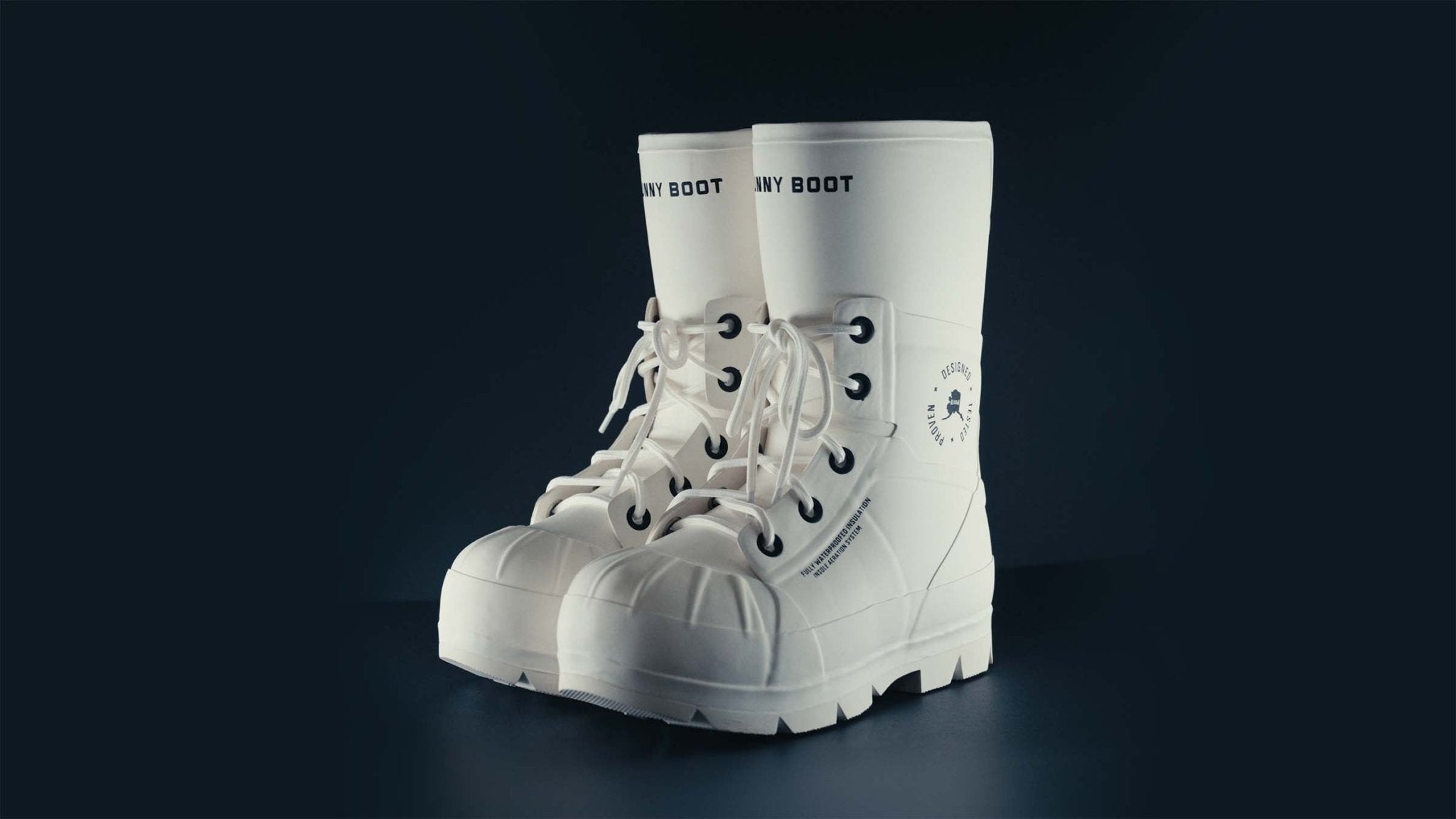



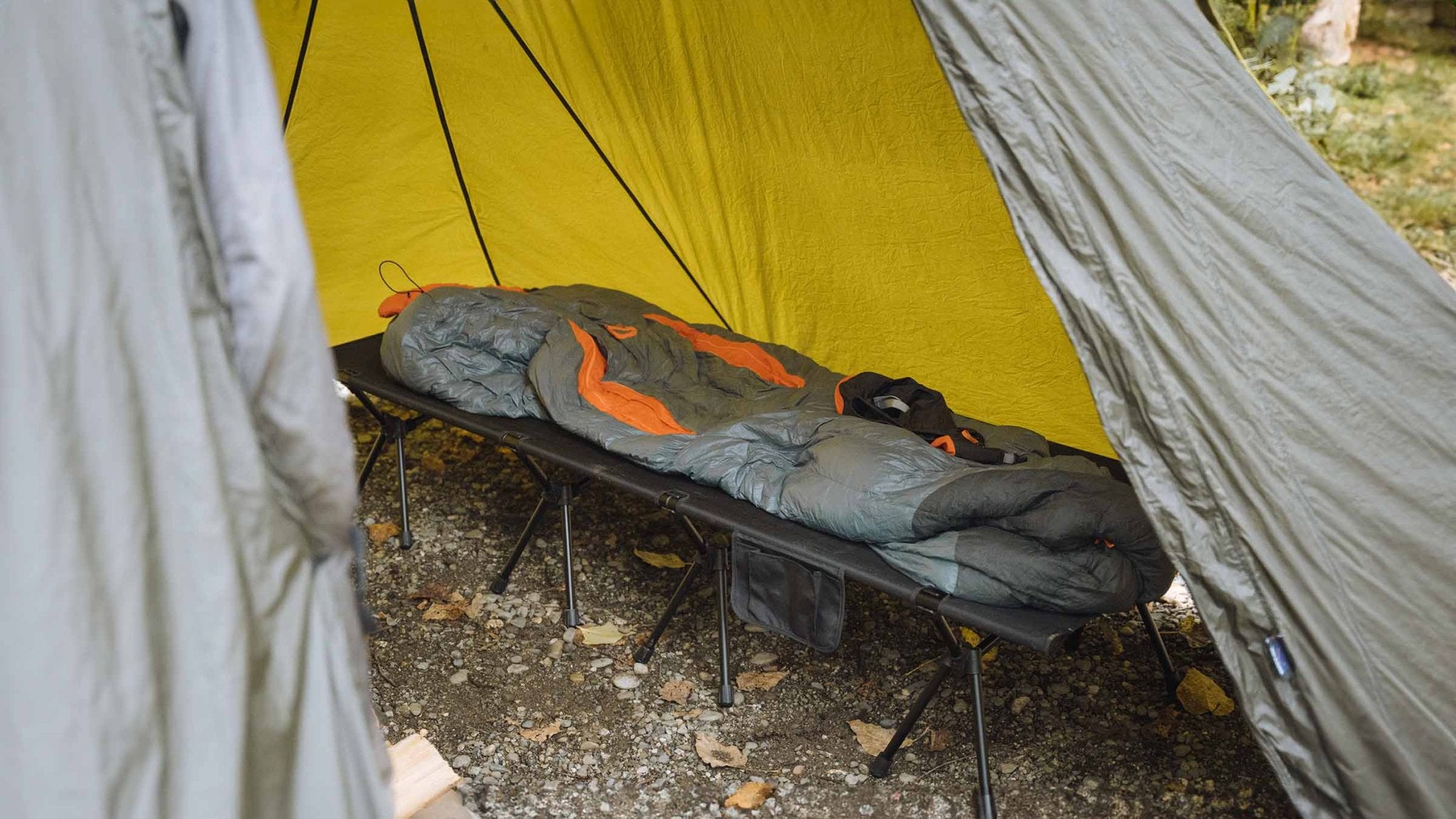
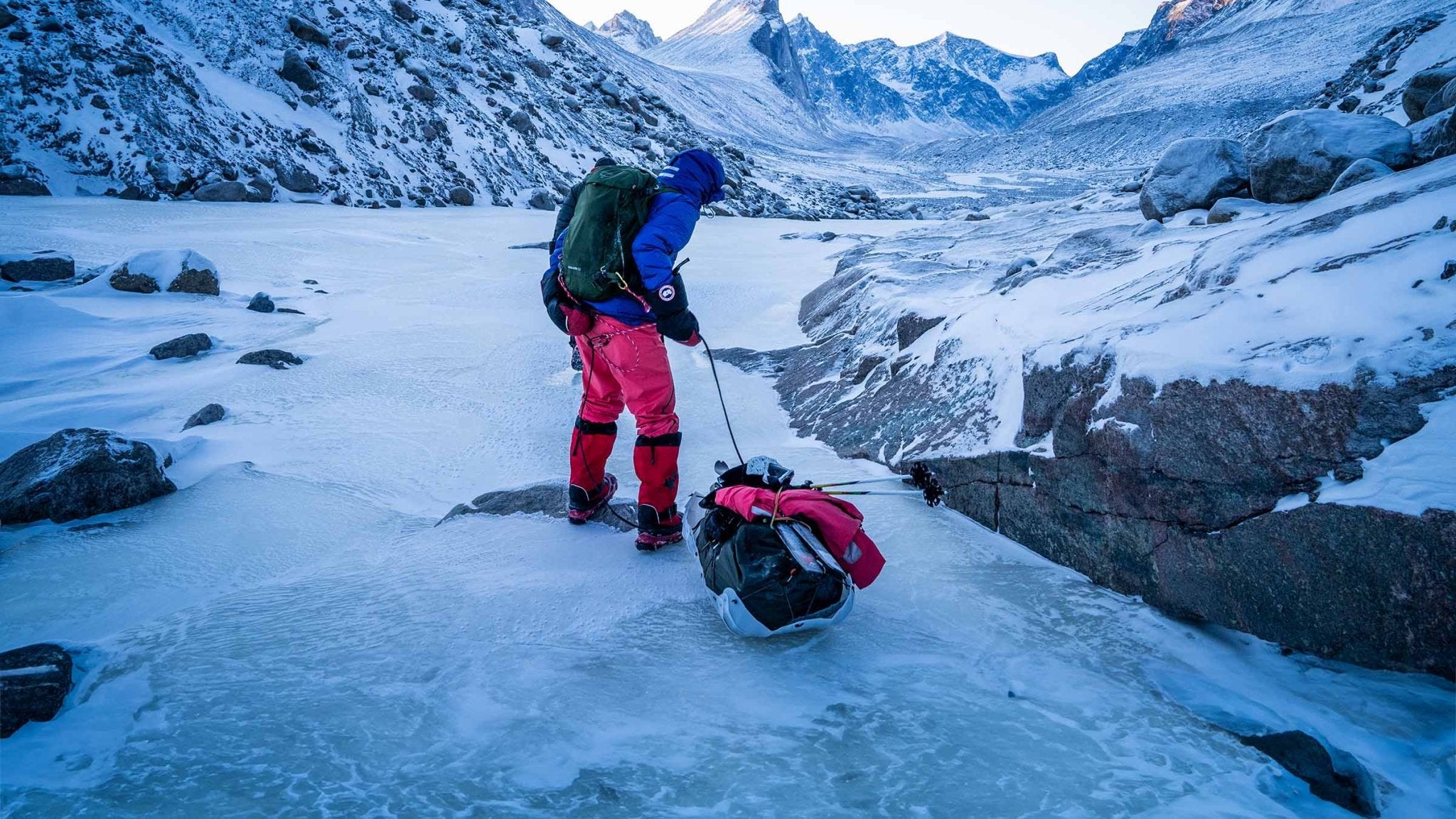


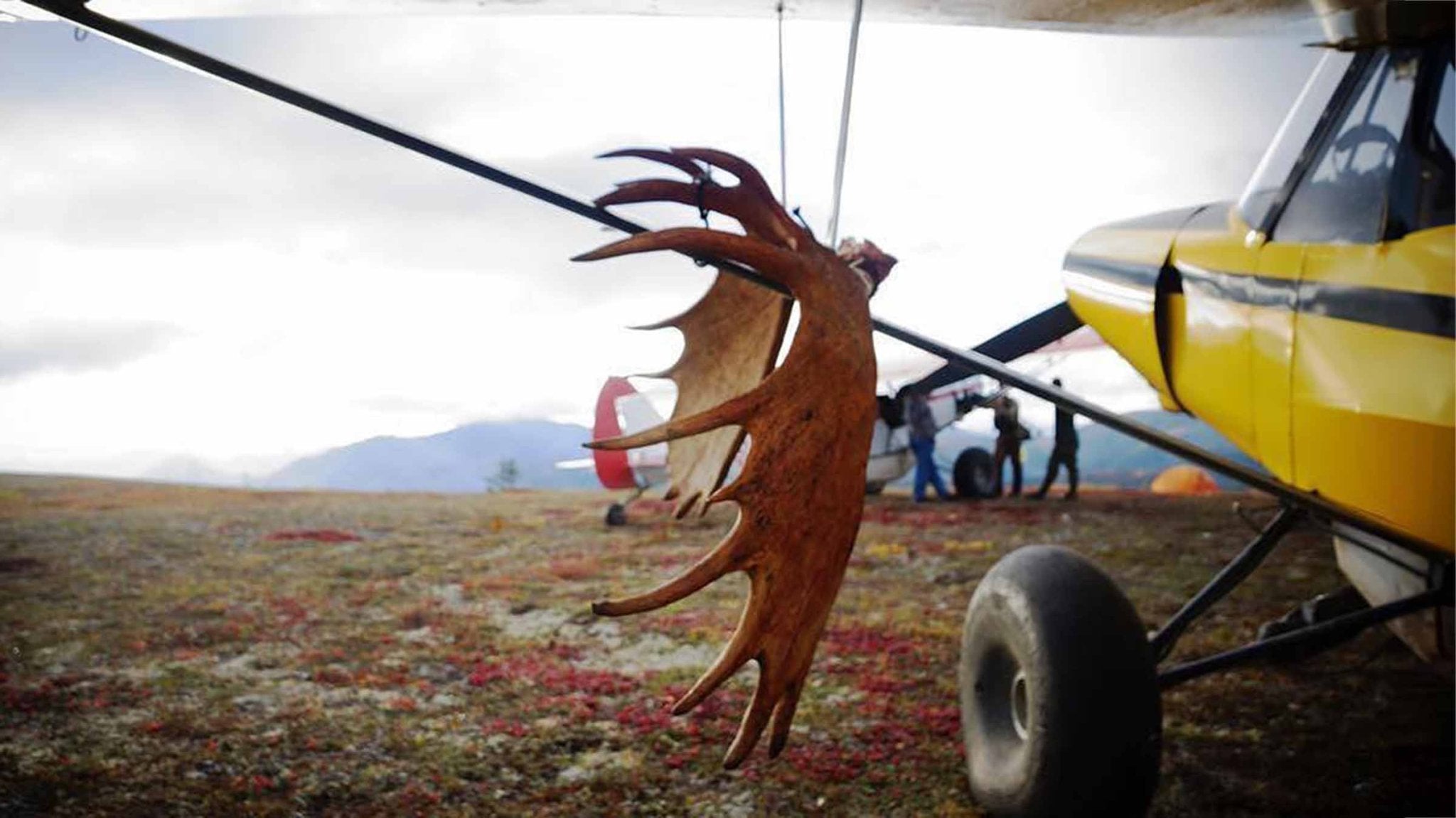
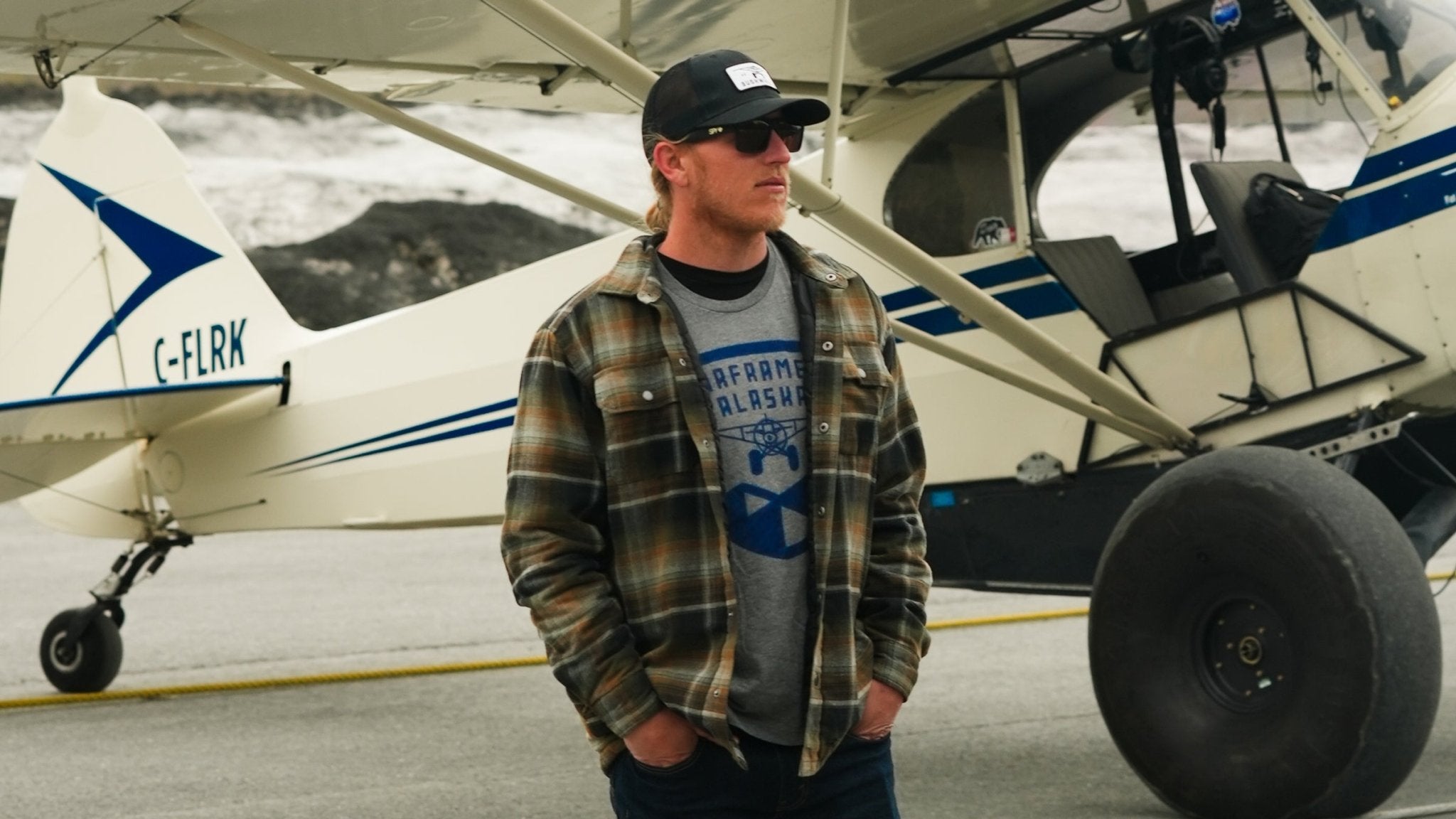

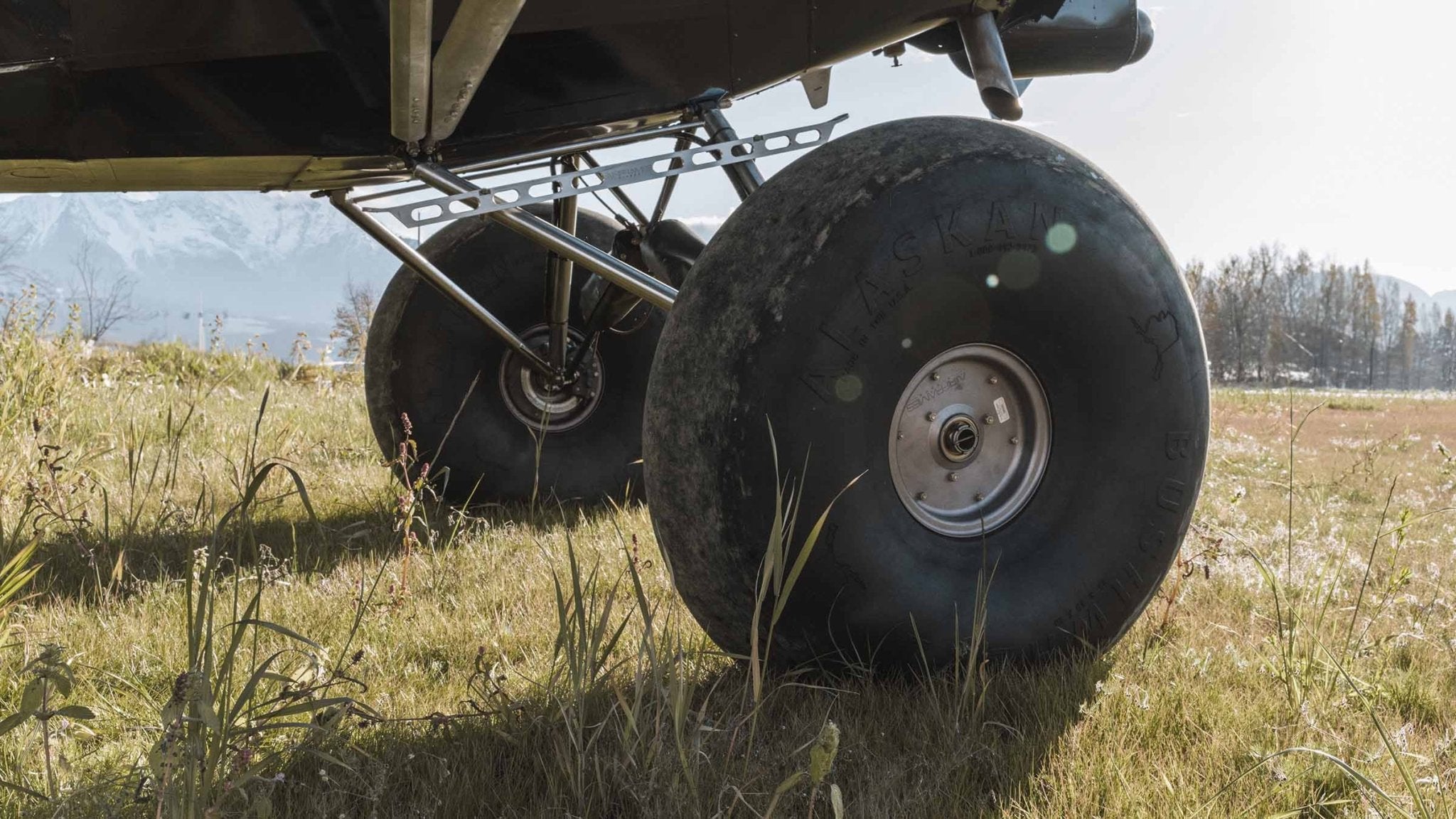
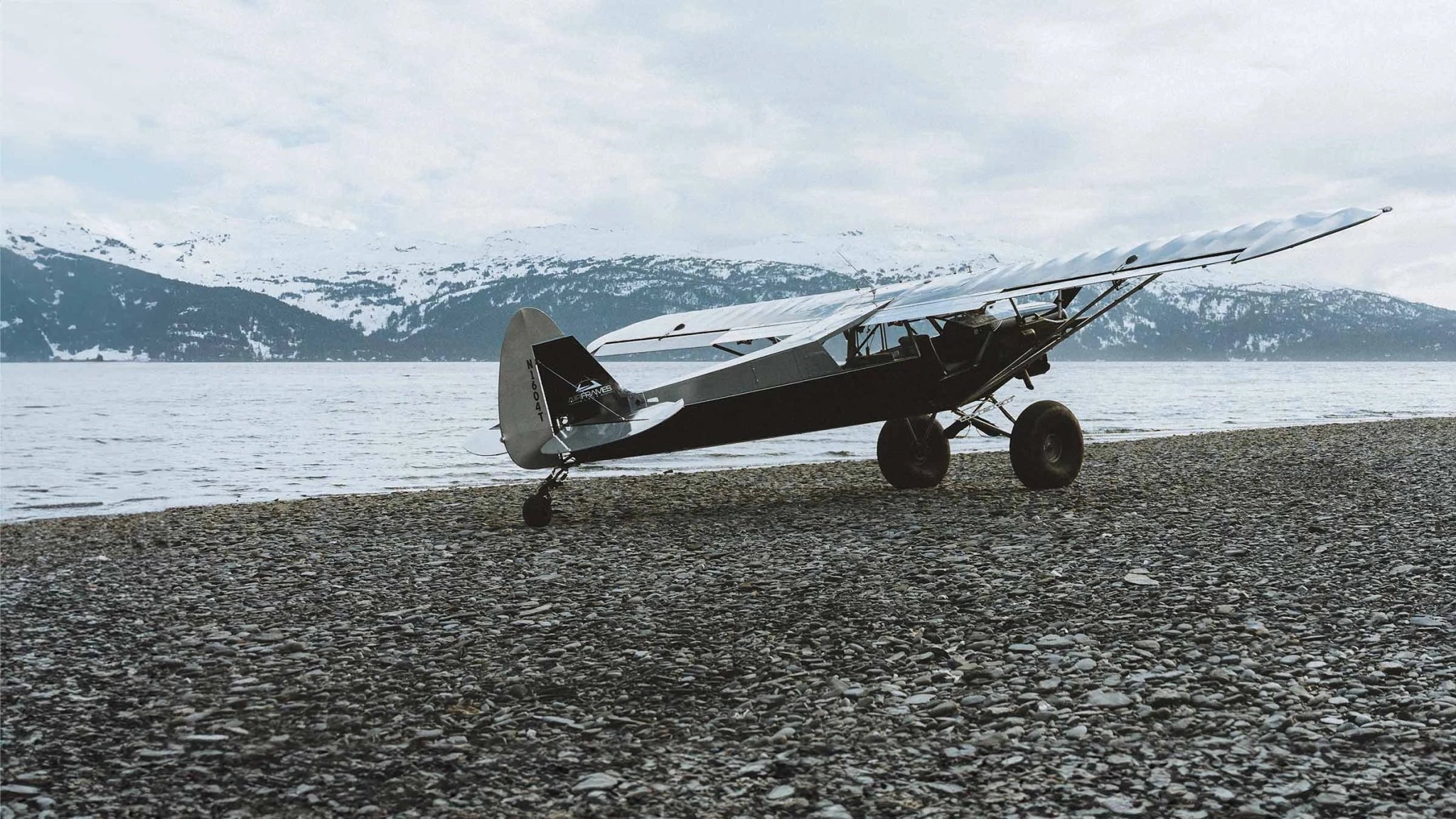
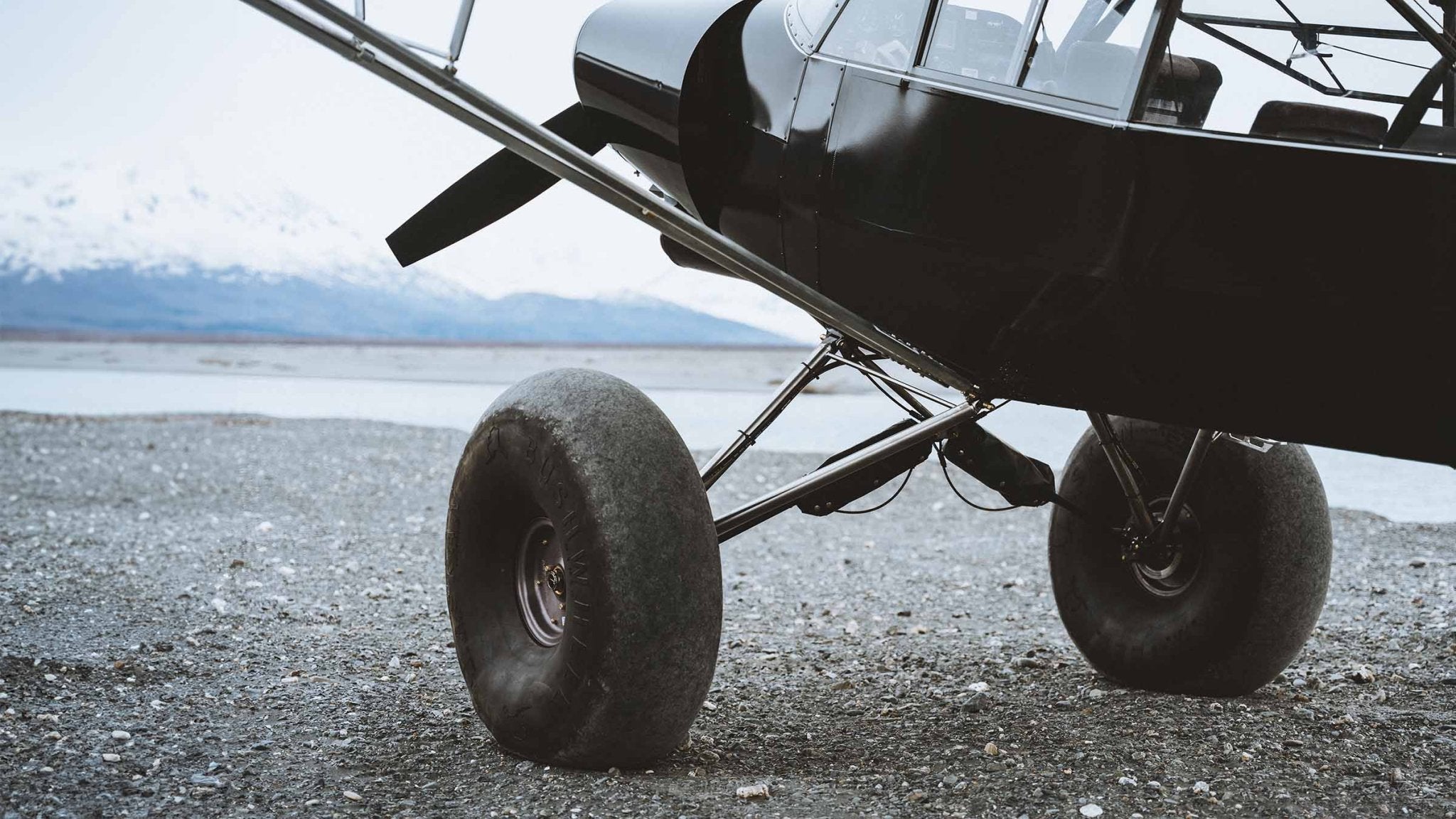
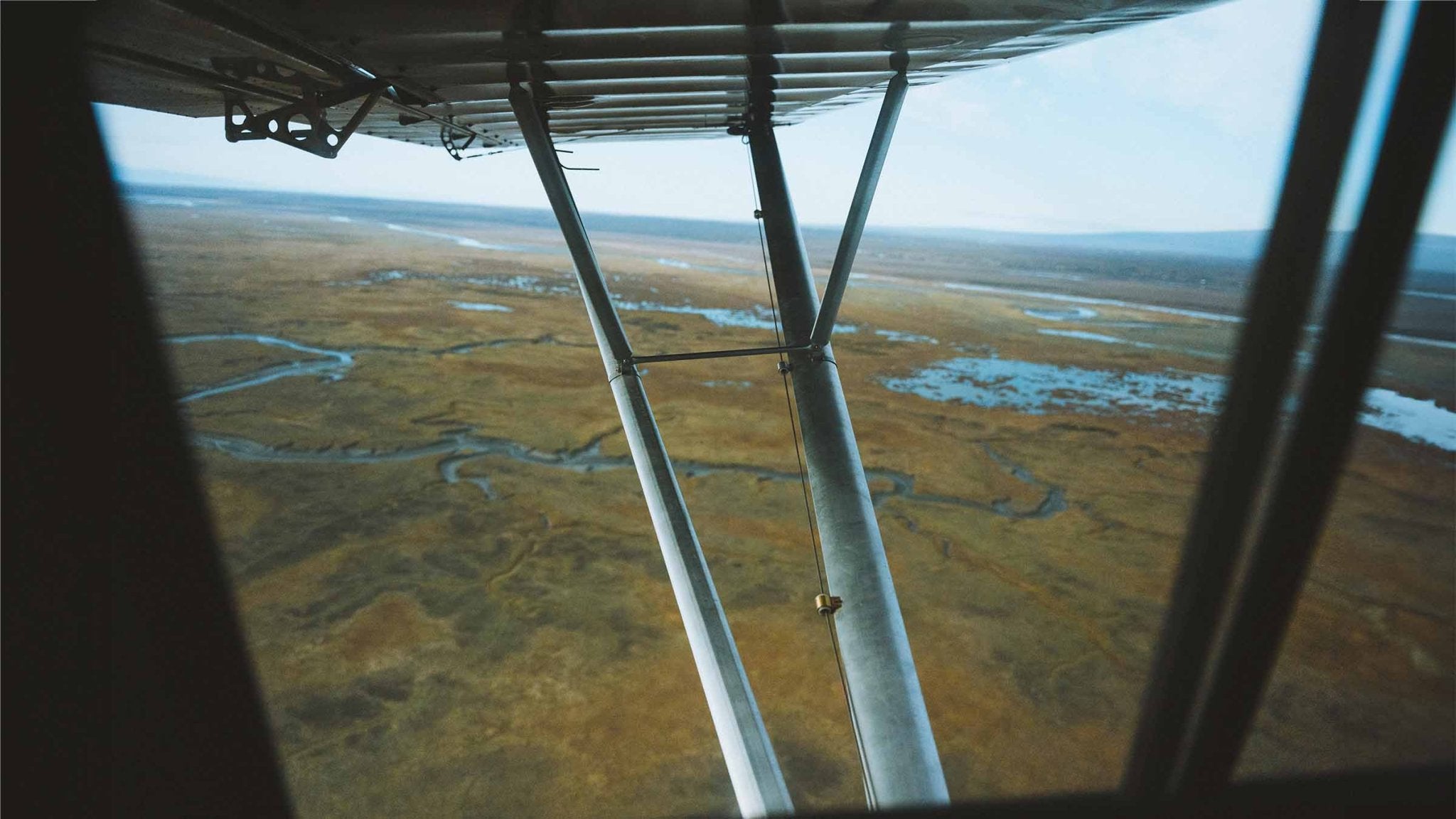
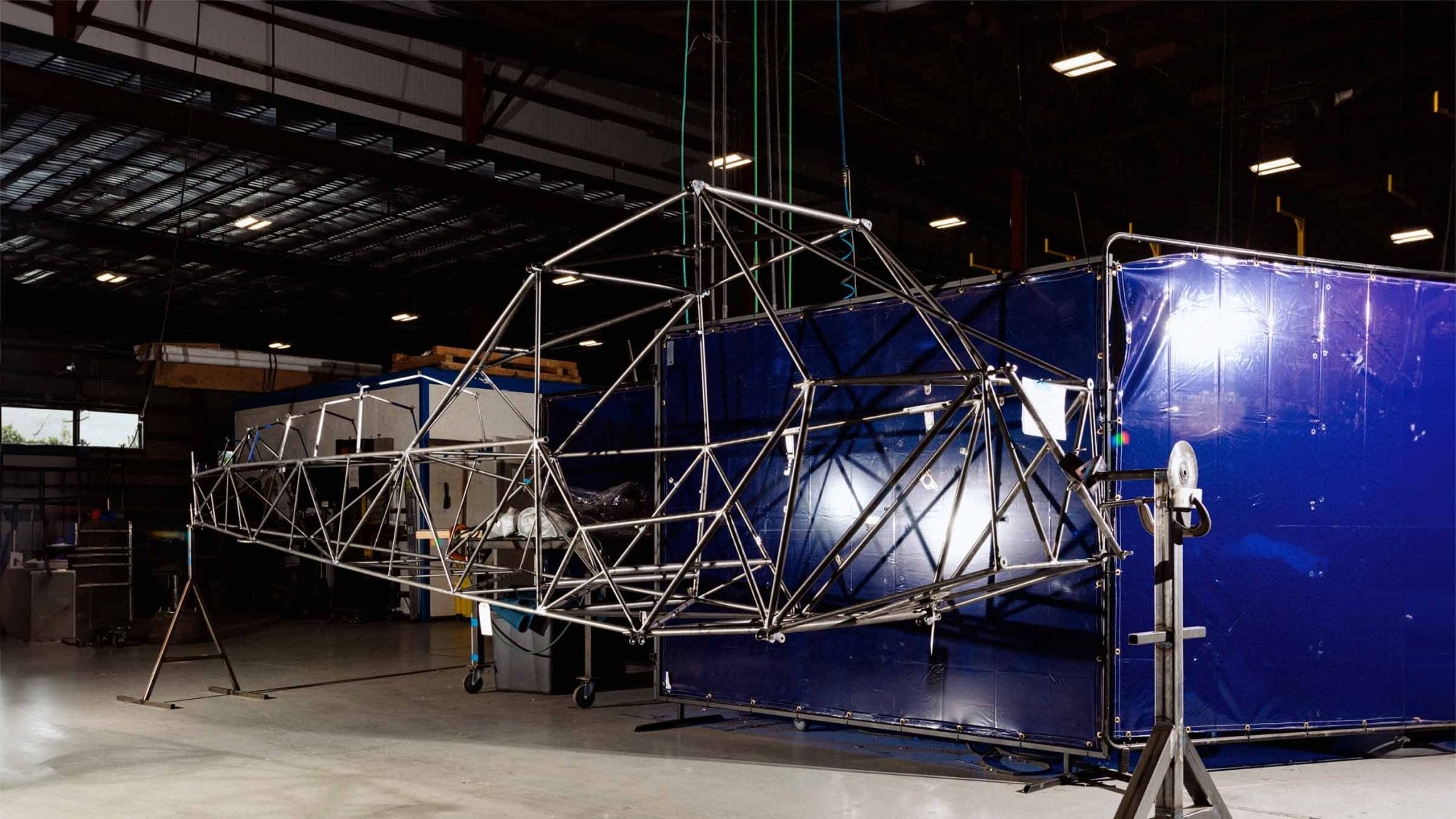


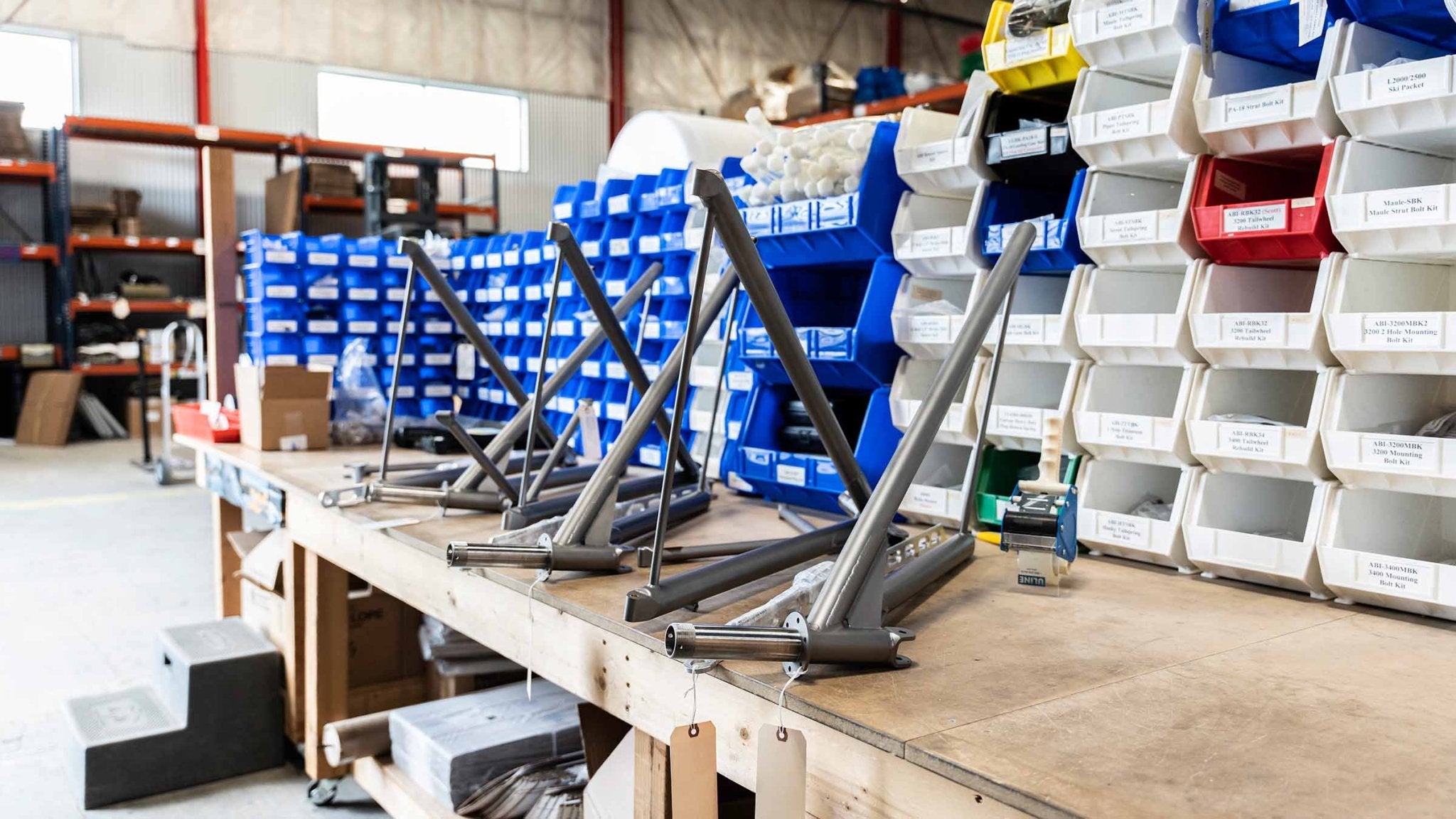
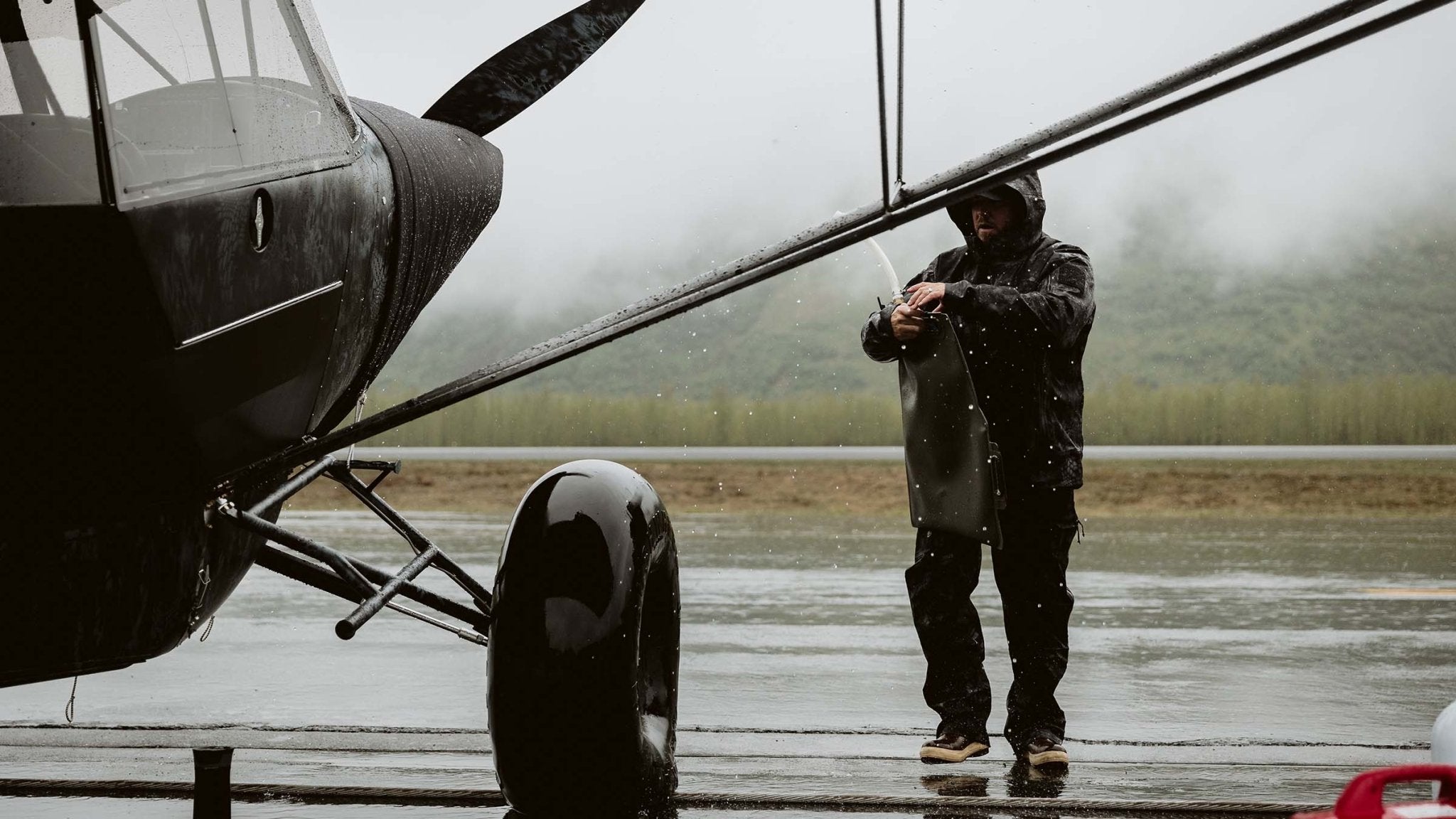


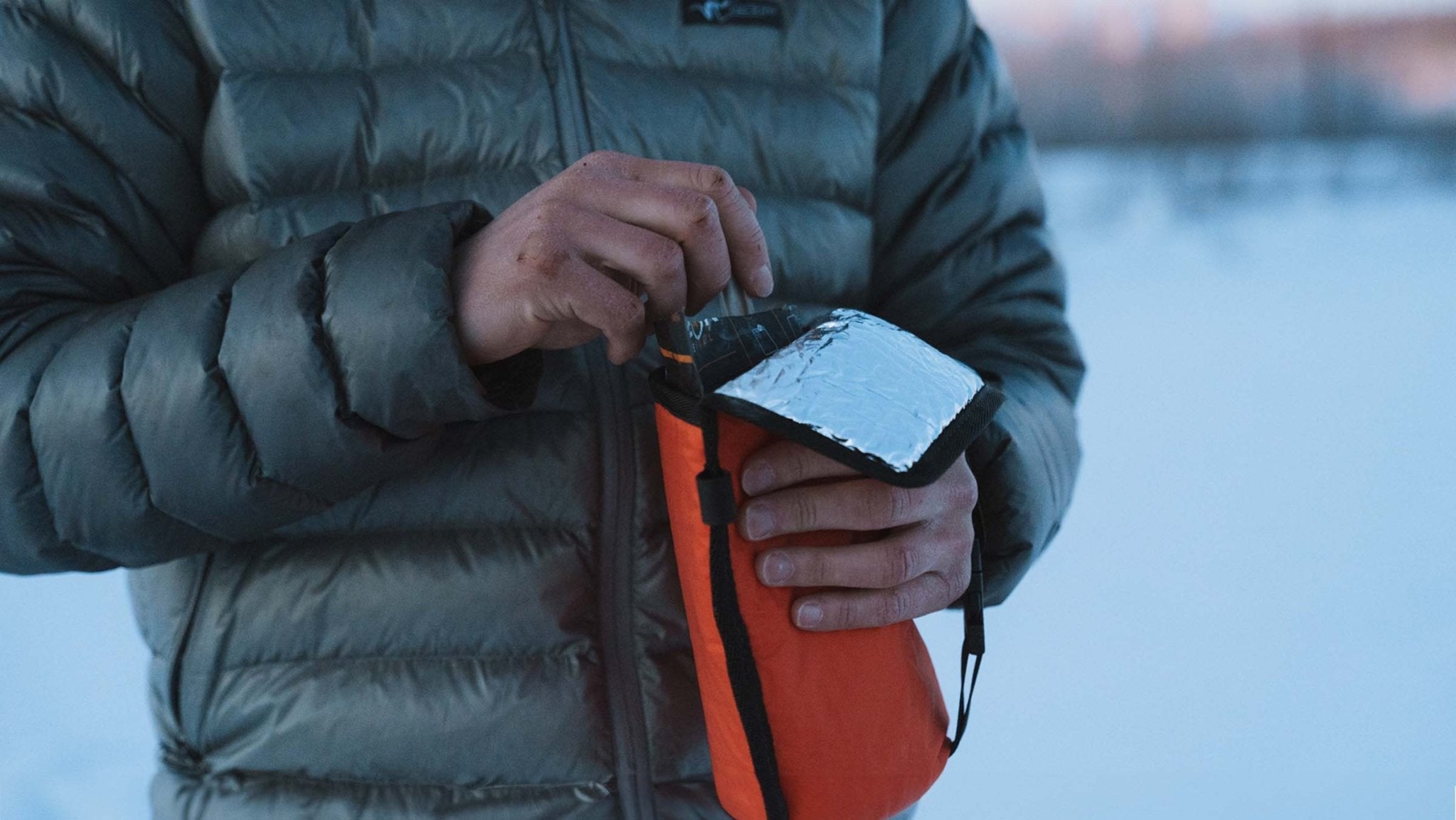
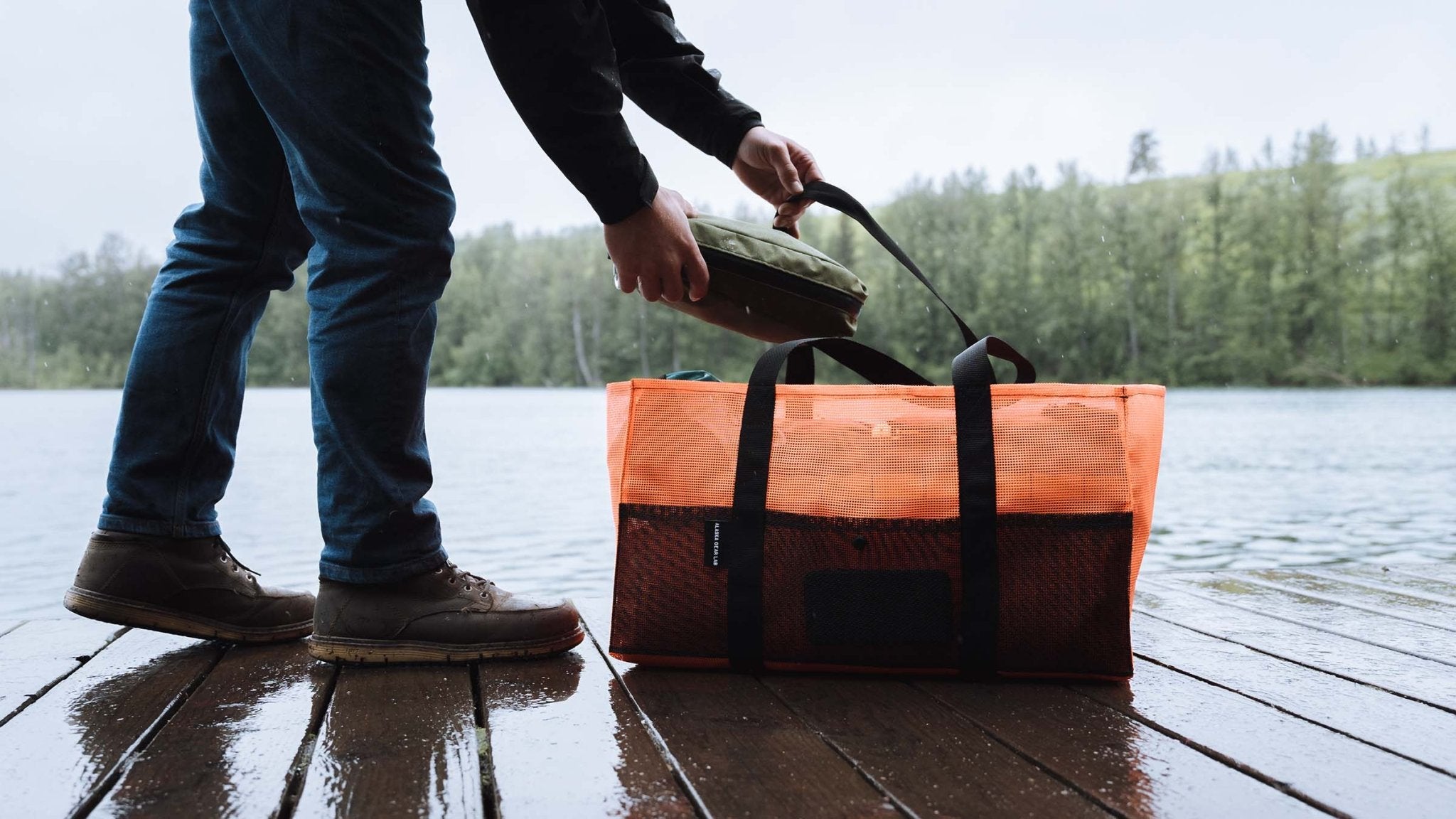
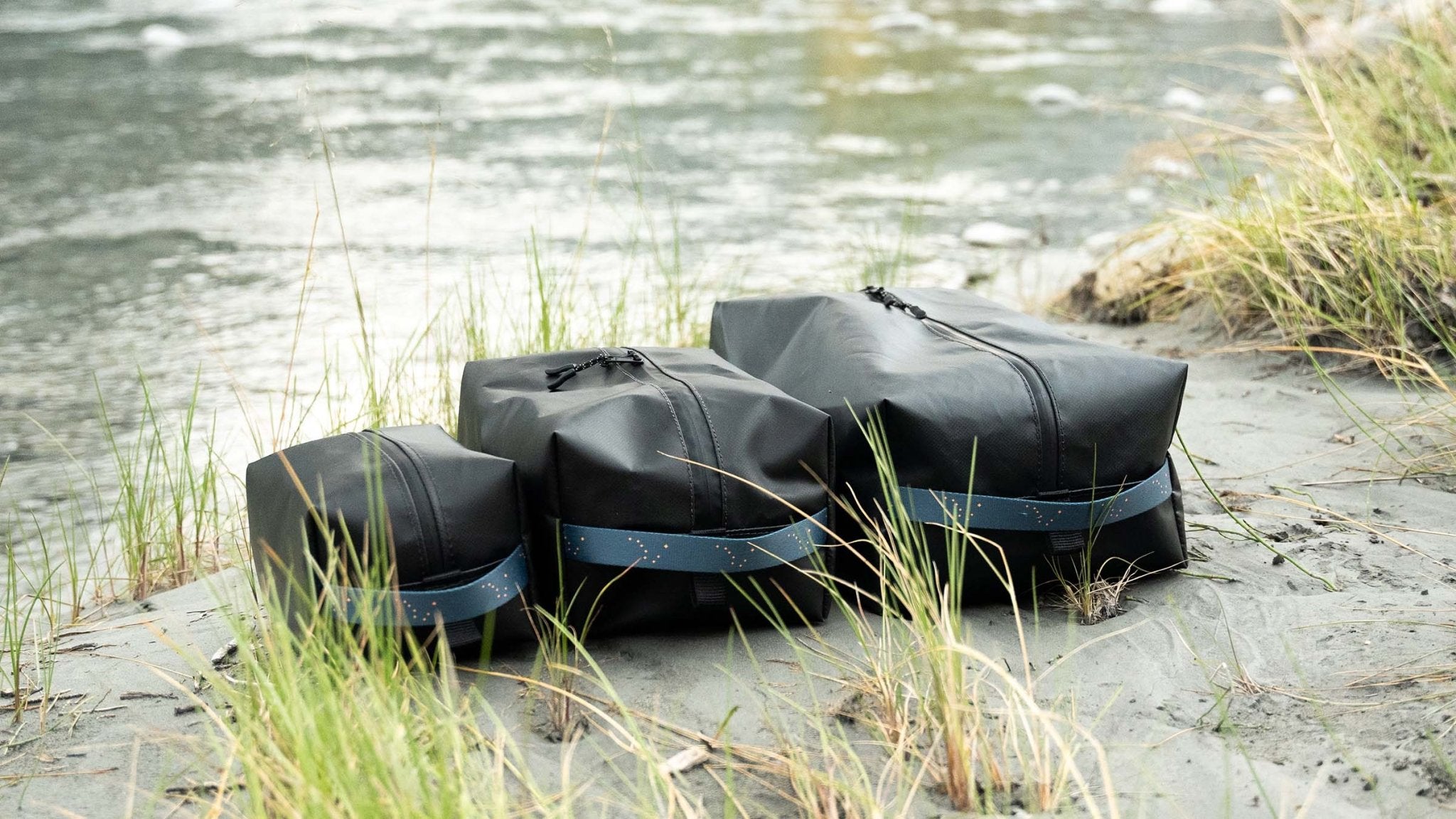


Leave a comment